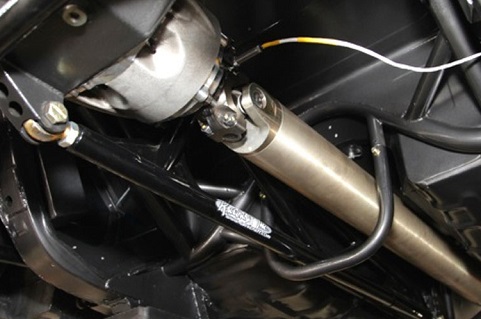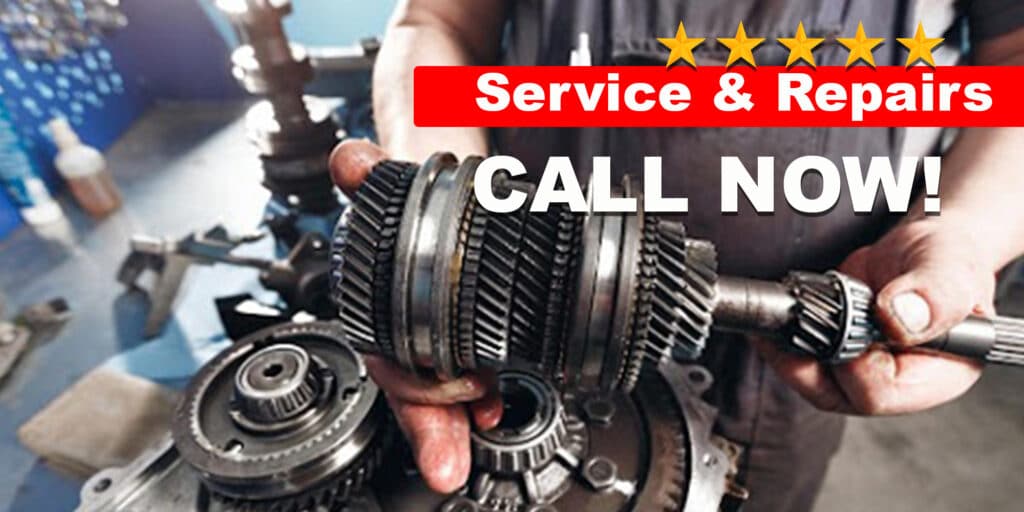Each driveshaft component plays a vital role in your vehicle’s operation. Even if one piece doesn’t work properly, you will notice a significant decrease in your ride quality, often followed by vibrations, squeaking sounds, and loud noises.
The driveshaft is the component between your vehicle’s differentials, responsible for transferring rotation and torque to the drive wheels. It needs to be perfectly balanced to ensure a smoother driveline operation and prevent the dangerous effects caused by the lack of balance.



